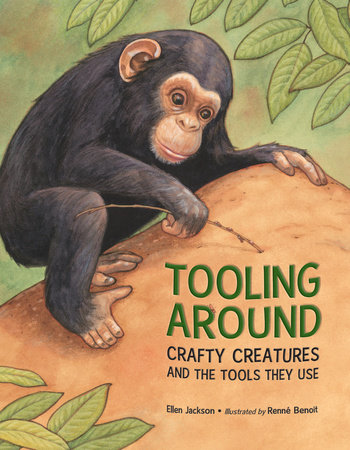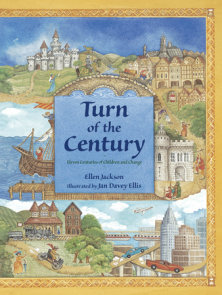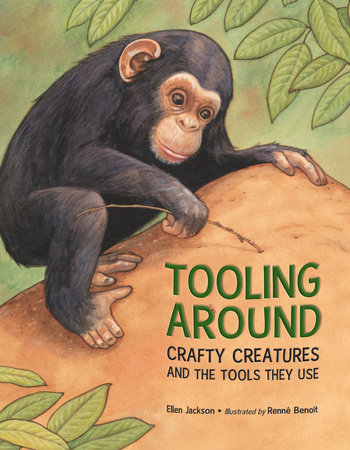

Tooling Around
By Ellen Jackson
Illustrated by Renné Benoit
By Ellen Jackson
Illustrated by Renné Benoit
By Ellen Jackson
Illustrated by Renné Benoit
By Ellen Jackson
Illustrated by Renné Benoit
By Ellen Jackson
Illustrated by Renné Benoit
By Ellen Jackson
Illustrated by Renné Benoit

-
$7.95
Sep 09, 2014 | ISBN 9781580895651 | 4-8 years
-
$17.95
Sep 09, 2014 | ISBN 9781580895644 | 4-8 years
-
Sep 09, 2014 | ISBN 9781607347514 | 4-8 years
YOU MAY ALSO LIKE
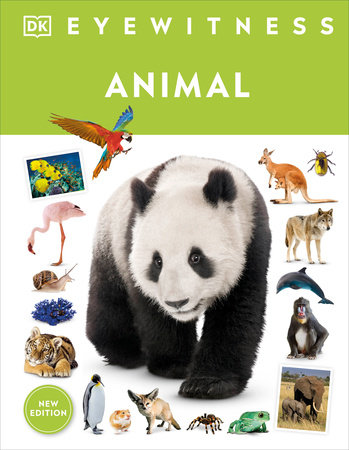
Eyewitness Animal

The Seminoles

El Tummy Time
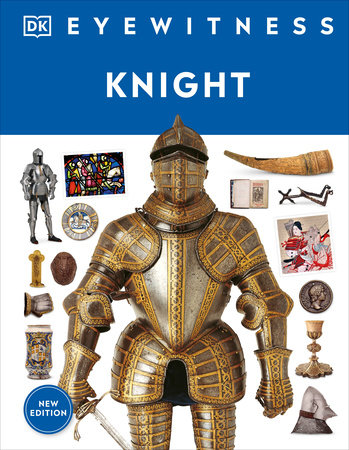
Knight
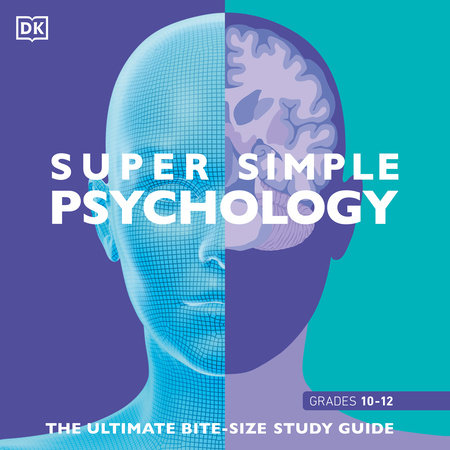
Super Simple Psychology
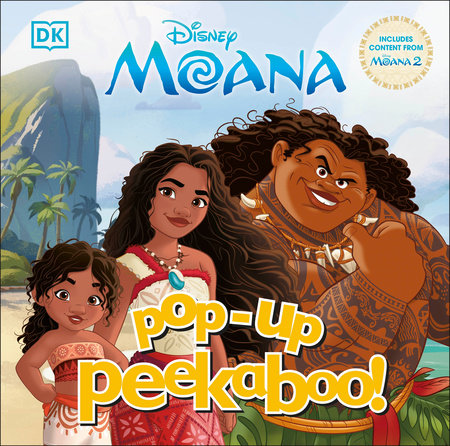
Pop-Up Peekaboo! Disney Moana

A Kids Book About Israel & Palestine

Children of the Dust Bowl: The True Story of the School at Weedpatch Camp
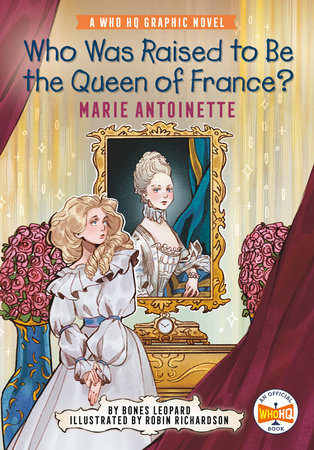
Who Was Raised to Be the Queen of France?: Marie Antoinette
Praise
Upbeat, if somewhat corny, rhymes help introduce ways in which 11 wild animals utilize tools. Subjects include a crow that bends a piece of wire to reach an object, otters that use rocks to smash open shellfish, and dolphins that use sea sponges to catch fish: “Dolphins choose a cone-shaped sponge,/ wrap their beaks, then fish and lunge.” Longer prose passages elaborate on each animal’s activity: “Elephants strip leaves from branches,” writes Jackson. “They use the stripped branches to swat flies or other insects that bite them.” Benoit’s mixed-media illustrations fall between naturalistic and cozy, creating an accessible entry point to learning about animal behavior. An author’s note provides additional background on animals’ tool use and the habitats of the featured animals.
–Publishers Weekly
Woodpecker finches, chimpanzees, otters, deer, and octopuses are just some of the animals whose use of tools is explored in this attractive, informational picture book. Rhyming couplets paired with explanatory paragraphs in succinct, descriptive prose explain how various species use objects to accomplish specific goals. A helpful introduction explains what a tool is, defining it fairly broadly (“Many scientists who study animal tool use define a tool as an object that an animal uses to accomplish a goal”): the book uses some clear examples (a chimp using sticks and straws to obtain termites, otters using rocks to crack shells) as well as less obvious ones (squirrels kicking rocks and sand at a snake, male red deer covering their antlers with mud or grass to attract mates). Soft watercolor, pencil, and gouache illustrations depict the animals realistically. This book allows for a rich, up-close look at a fascinating aspect of animal behavior, and while the use of tools is the primary focus, the pictures will also enhance discussions around animal habitats as well. The rhyming portions make this title ideal for reading aloud with younger children, while the more in-depth explanations allow for engaging independent reading by older kids. An author’s note goes into further detail about tools, and the bibliography and additional resources showcase some solid books and websites for kids. Useful for instructional purposes and accessible enough for students to read on their own.
-School Library Journal
Sure, people use tools, but animals? On each double-page spread of this attractive picture book, Jackson introduces a species that will surprise readers with its inventiveness and adaptability. Short, rhyming verse introduces the ideas, while a large-scale picture illustrates them, and a few sentences explain what the animal is doing and why. For example, the rhyme “Otters on an ocean swell / use a rock to crack a shell” accompanies images of otters swimming, picking up a rock, and dining on the mullusk inside, while the short prose text comments on what’s happening. Also featured are a woodpecker finch, chimpanzee, crow, deer, and elephant, among others. An author’s note discusses scientists’ ongoing discussion of animal tool use. Benoit’s appealing artwork, created with watercolor, colored pencil, and gouache, illustrates the animals’ unusual behaviors with warmth, color, and attention to detail. An intriguing idea presented in an accessible way.
-Booklist
21 Books You’ve Been Meaning to Read
Just for joining you’ll get personalized recommendations on your dashboard daily and features only for members.
Find Out More Join Now Sign In






